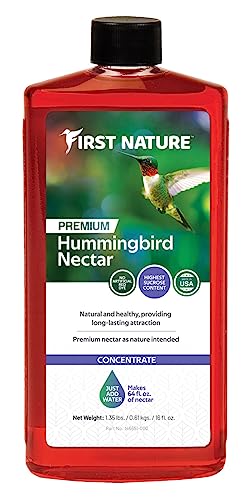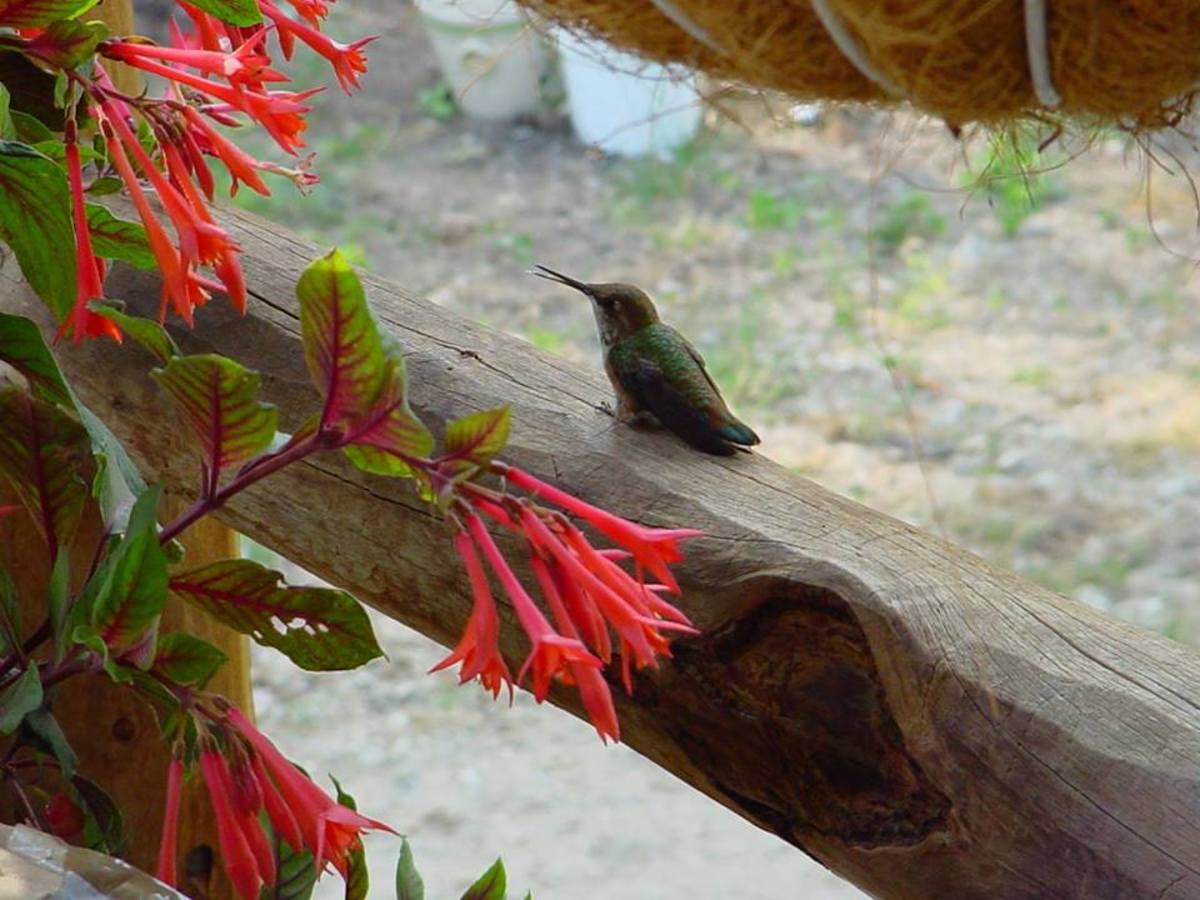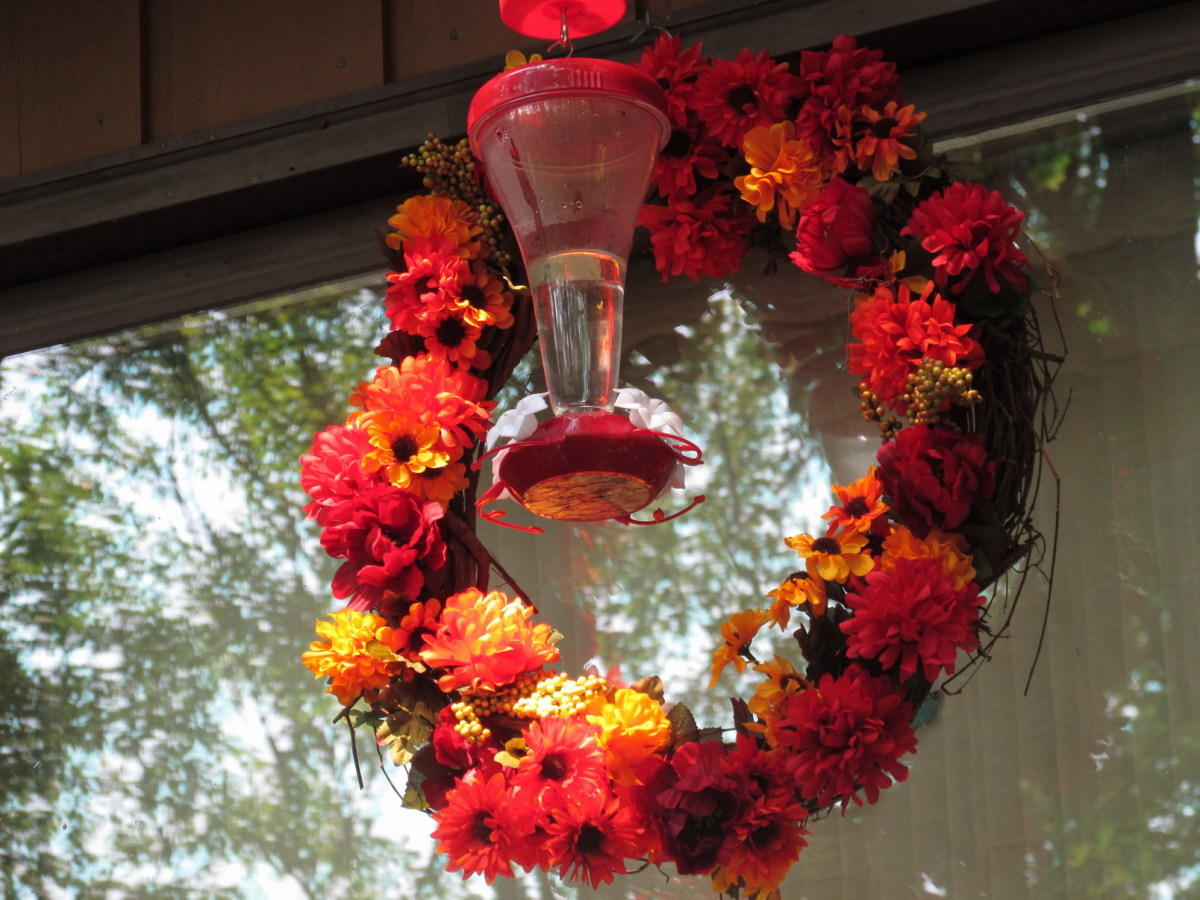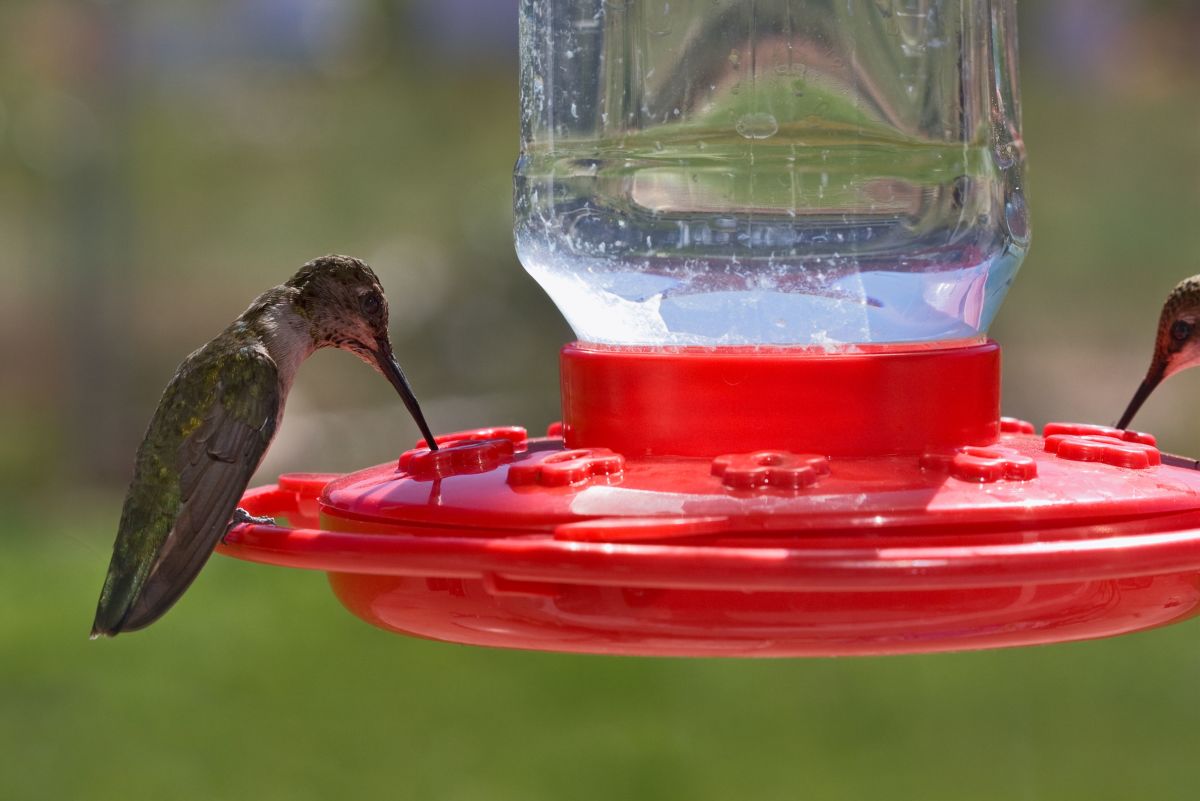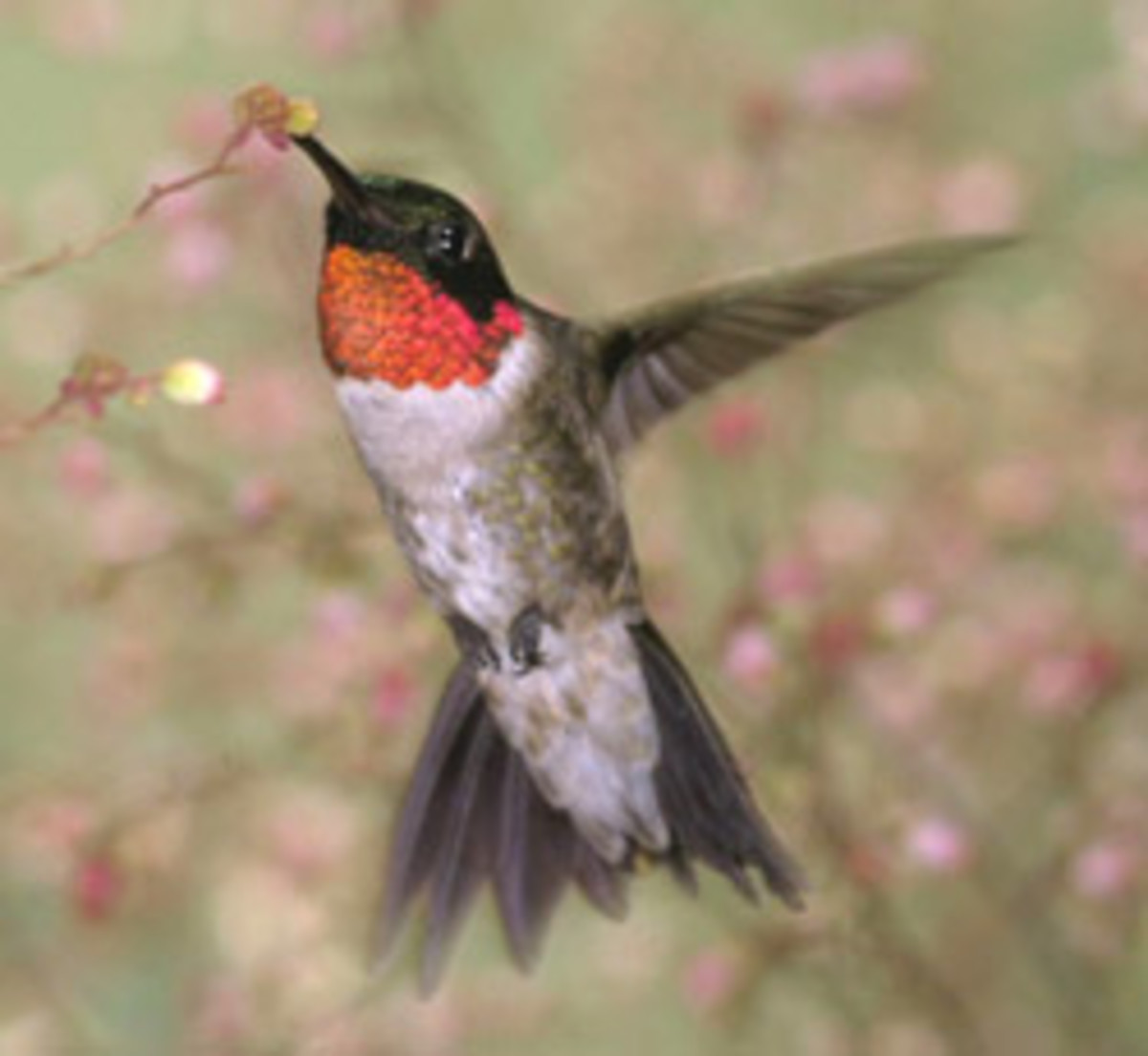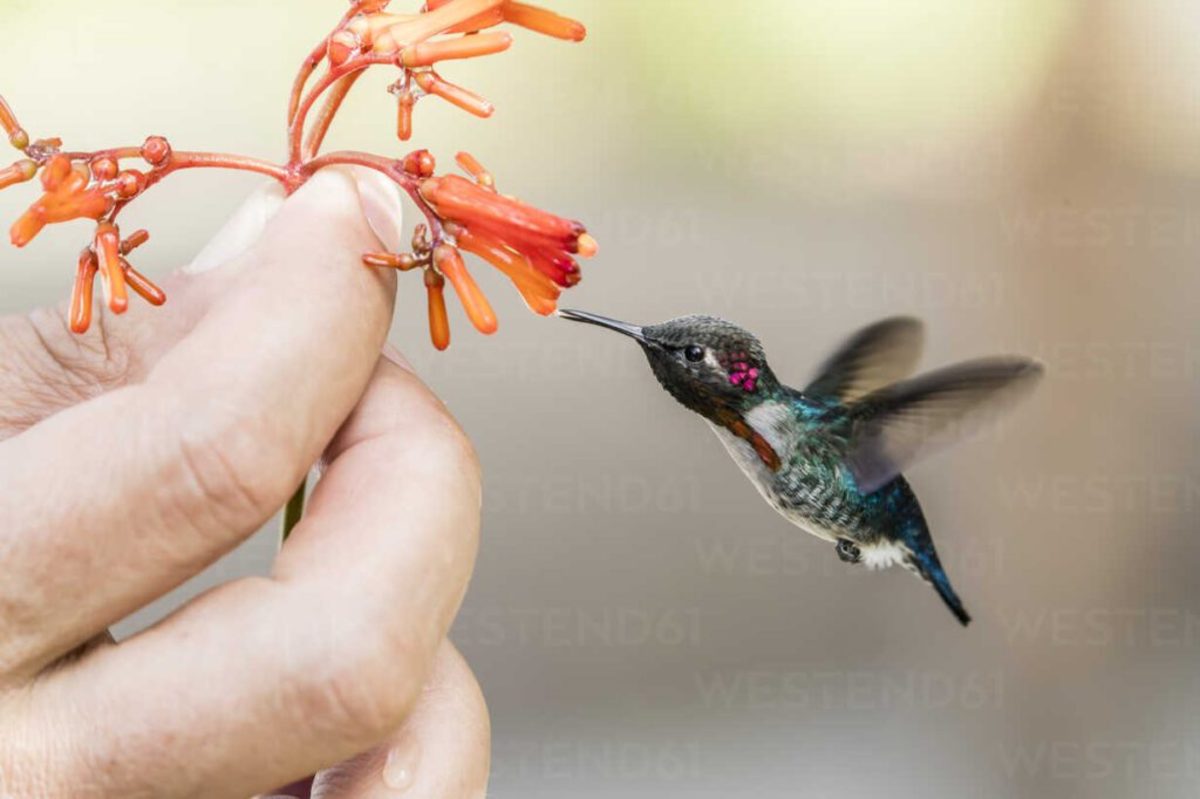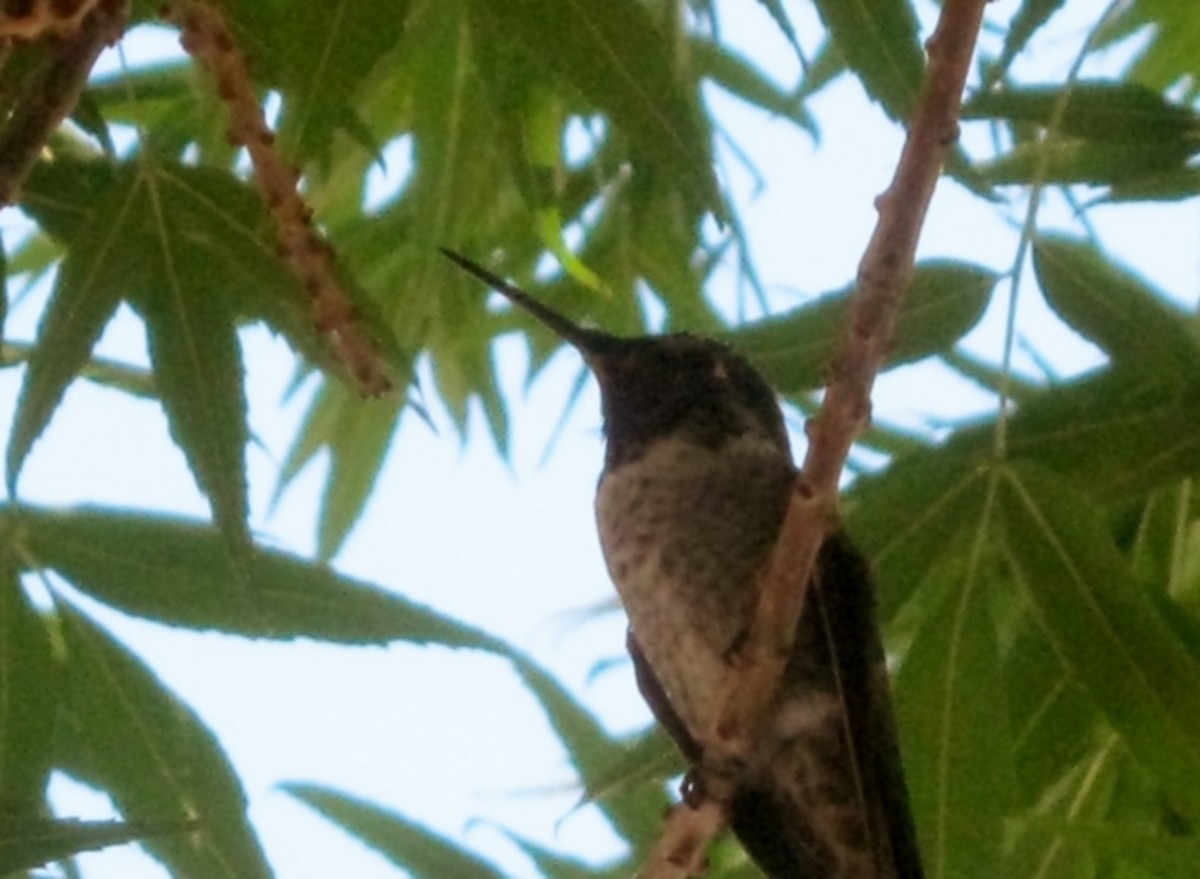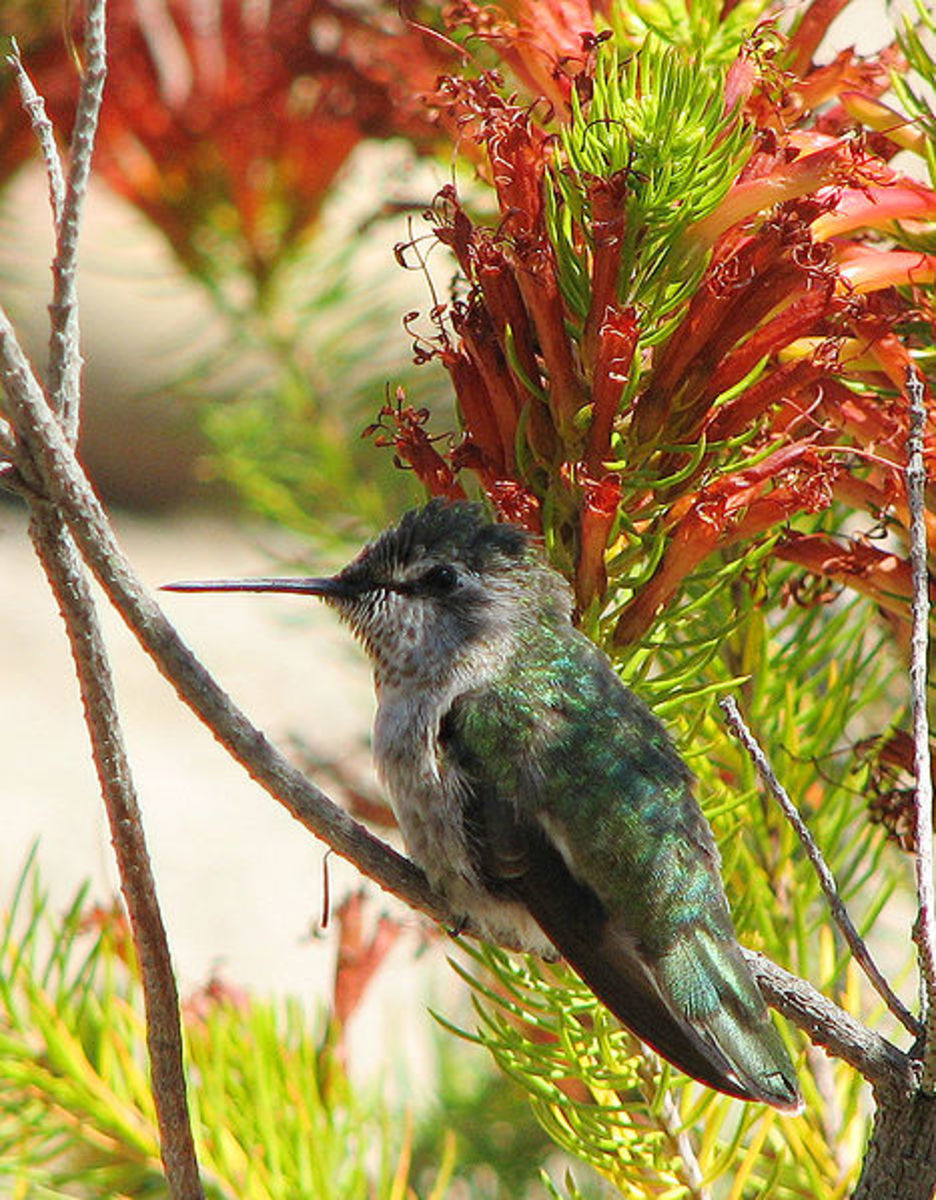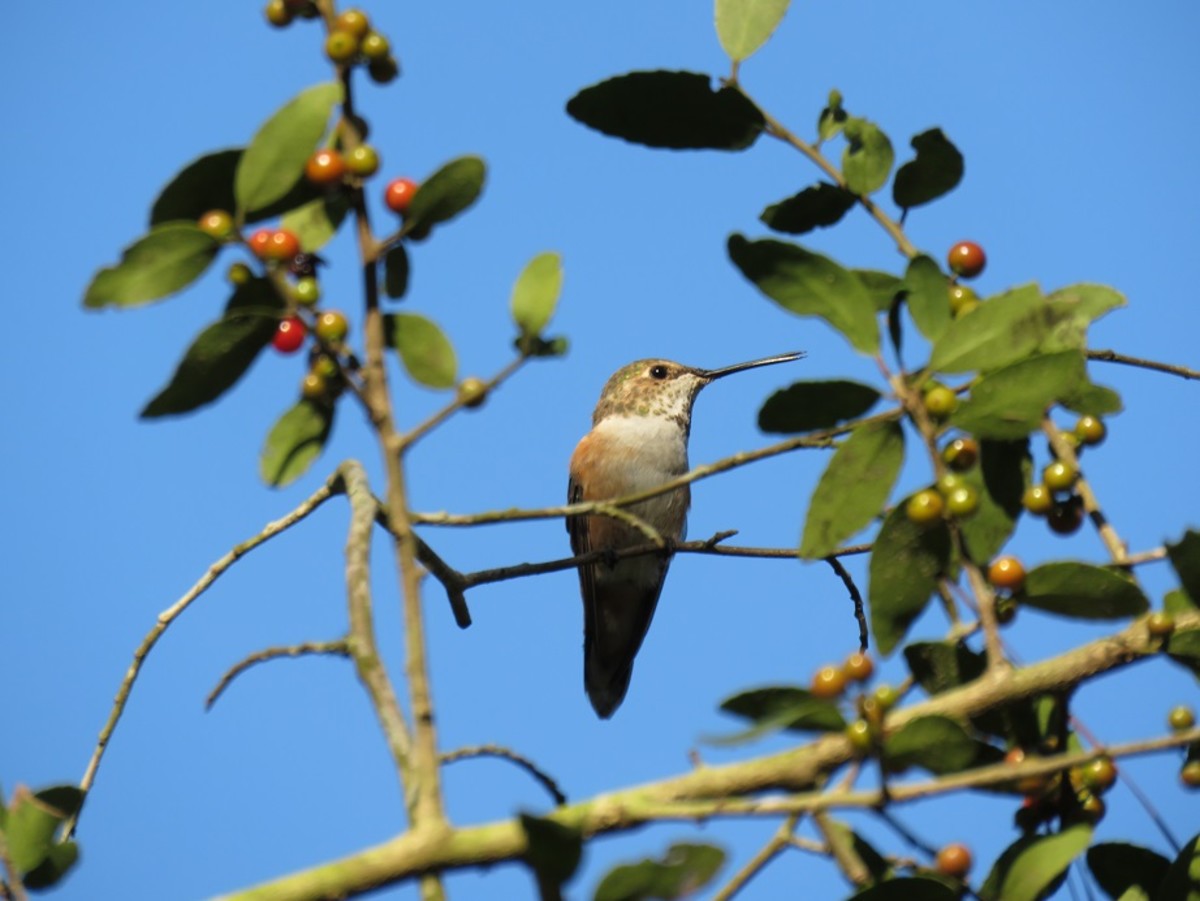Hummingbird Feeders - Hummingbird Food Recipes
Hummingbirds
Of all the birds one could want buzzing and flying around the yard, the hummingbird is probably one of the more commonly sought after. In my own neighborhood, I've spotted several hummingbird feeders planted in yards, whether they're hanging feeders or feeders on polls.
Hummingbirds are typically pretty small birds, but they are the only bird that can hover and the only bird who can fly backwards. Because they can flap their wings 15 to 80 times a second, they kind of work like helicopters.
Hummingbirds can range from shades of browns to elaborate blue and metallic green colorations. Depending on the species and the sex of the bird, you'll find that hummingbirds often come in a nice variety of colors, which is one of the reasons why they are so attractive to have flying around the yard.
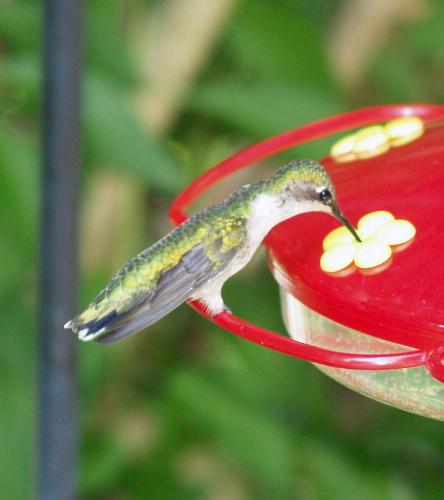
The Diet of Hummingbirds
Because hummingbirds have long, thin bills with a bifurcated tongue, they are able to feed on the nectar deep within flowers. But, they do not feed solely on nectar, hummingbirds also eat small flying insects. Basically, the bird's lower jaw flexes downward creating a wider opening in the bill, which enables them to capture the insects in their mouth rather than the tip of their bills.
But, in terms of feeding on the nectar, hummingbirds are important pollinators of tubular flowers.
Hummingbirds are able to assess the sugar for their bodies from the nectar, and they prefer flowers with about 25% sugar content, rejecting those with less than 15%, which is why when making the hummingbird food, it's typically a sugar water substance.
But, hummingbirds can't get all of their nutrition from the nectar; they do need proteins, so they prey on small flying insects for protein, amino acid, vitamins, and minerals.
Hummingbirds spend about 10% to 15% of their time eating and about 75% to 80% resting and digesting, so you won't always see hummingbirds at your feeder, but they do eat several small meals throughout the day, so when you see them it will be for several short periods throughout the day.
Hummingbirds will actually feed up to five times their body weight in nectar each day, in addition to the many small insects.
Instant Hummingbird Food
Make Hummingbird Food
There are different methods of making your own hummingbird food.
The common method for making homemade hummingbird food is:
- Boil one cup of water, either using your stove or microwave.
- Once the water has boiled, remove it from the heat and add one cup of white, granulated sugar. Stir well.
- Allow the mix to cool thoroughly, and pour the solution in your hummingbird feeder
- You can store unused hummingbird in your refrigerator for up to two weeks..
Other recipes for hummingbird food can include using 1 part sugar for every 4 parts of water (EX. 1/4 cup of sugar for every 1 cup of water)
You want to avoid using honey or any artificial sweeteners. You also want to avoid using food coloring
You want to also make sure to clean your hummingbird feeder when empty, before adding more hummingbird food to the feeder. You can use a simple soap and water solution; just make sure to thoroughly rinse the feeder.
Attracting Hummingbirds
Just because you have your hummingbird feeder set up, it doesn't necessarily mean that you will be able to attract hummingbirds to your yard. The best way to attract hummingbirds is to plant a hummingbird garden, as you'll be able to provide natural diet in addition to what's in your feeder.
Include the following plants to attract hummingbirds:
- Azalea
- Bee Balm (Monarda)
- Begonia
- Butterfly Bush (Buddleia)
- Cape Honeysuckle
- Cardinal Flower
- Coral Bells
- Coral Honeysuckle
- Cypress Vine
- Daylilies
- Flame Acanthus
- Flowering Quince
- Foxglove
- Geranium
- Lilac
- Mimosa
- Morning Glory
- Petunia
- Red Buckeye
- Scarlet Runner Bean
- Snapdragon
- Trumpet Creeper
For a near extensive list of shrubs, vines, and flowers you can plant to attract hummingbirds, check out Hummingbirds.net
Other tips for how to attract hummingbirds:
- Supply a safe and comfortable habitat with shrubs and trees near the food source.
- Include plants with leaves that the birds will be able to drink off of, as hummingbirds drink from the leaves versus a birdbath.
- Hummingbirds love the color red, so include plenty of red flowers, again see the list above for other plants that will attract hummingbirds.
- Avoid using pesticides, as this will eliminate the insects around the plants that the hummingbirds feed on, in addition to the nectar, which means the hummingbirds won't want to come.


